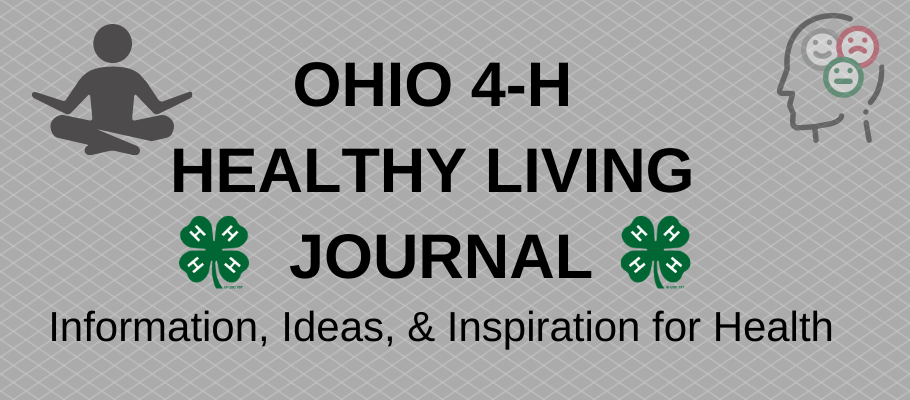 What Does Public Health Mean to You?
What Does Public Health Mean to You?
by Aubry Fowler, 4-H Educator, Fairfield County
For me, health is one of the most important ‘H’s we have in the 4-H Pledge. It is about pledging our health to better living so that we can make the best better. I actually studied public health in college, so it is truly one of my favorite topics to share with 4-H members and families, and I enjoy creating events to promote its purpose.
I imagine for many people public health was just a phrase they may have heard in passing. Then, the COVID-19 pandemic changed that for many people, and public health became a buzz-worthy phrase. Outside of the pandemic, what does it mean in our daily lives? Public health affects everyone in a variety of ways from where we live (environmental health), to how we engage with friends online (social health), to what we eat (nutrition), and everything in between. When you take a step back and realize how broad public health can be, you realize how important it truly is for all of us.
The American Public Health Association (APHA) has worked to devote a time to raise awareness about public health and its impact on our lives, which is why this organization promotes National Public Health Week. This year, it is celebrated from April 5-11, 2021, with many events conducted online. To quote APHA, “We may be physically distant from each other, but now it’s more important than ever to come together. That is why our 2021 theme is ‘Building Bridges to Better Health.’ Making communities safe and healthy is public health’s top priority.” I would encourage you to check out their website: http://www.nphw.org/ to learn about events, resources and find ways to get involved this year.
Another great way to learn more about public health may be as simple as subscribing to the Ohio 4-H Healthy Living Journal so that you can receive updates about blog posts, get ideas for future meetings or events, or learn something new. While researching the National Public Health Week activities, I was excited to learn about their Daily Themes and Fact Sheets. There is a page devoted to specific public health topics that you can ‘grab and go’ to learn more about or share with others. Some of the topics this year include advancing racial equity, strengthening community, taking care of our mental health and wellness, and building COVID-19 resilience.
I know many of us are in the full swing of our 4-H year from selecting projects, working with livestock, or finalizing enrollments, but I hope you take some time to do something to connect, create, and take action to improve our public health. Find some time to share a new health tip you learned with a friend, invite your family to take a walk outside, or practice mindfulness for a minute. The Ohio 4-H Healthy Living team is working intensely to provide research-based information that is easy to share with our 4-H community. If you haven’t have not taken a minute to look at the Grab & Go Resource page – I invite you to do that now and select a lesson you could share with your club at a meeting or event.


















